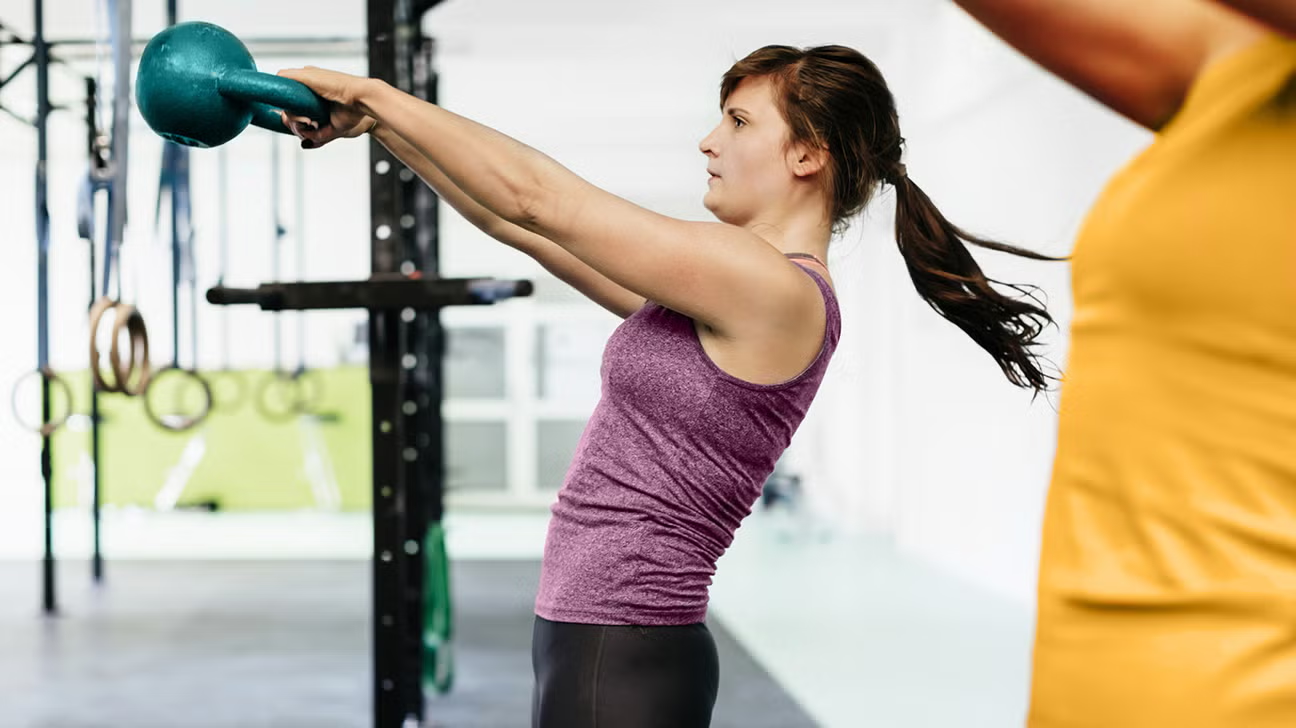
The decision to undergo any form of aesthetic treatment, whether surgical or non-invasive, represents a significant investment of time, resources, and personal commitment. The immediate post-procedure phase is only one component of the entire journey. What often remains underexplored is the critical, continuous role of physical activity in not just maintaining, but demonstrably elevating, the long-term quality of the results achieved. Viewing a procedure as a final destination fundamentally misunderstands the body’s dynamic nature; the outcome is highly susceptible to future changes in metabolism, muscle tone, and circulation. Therefore, a strategic, targeted exercise regimen is not an optional add-on but an integrated necessity for long-term success. The right blend of movement, implemented with intelligent timing and deliberate focus, ensures the body continues to optimize the conditions necessary for the persistence and enhancement of the initial aesthetic improvements. This ongoing effort serves as the ultimate insurance policy against the natural tendency toward regression.
a strategic, targeted exercise regimen is not an optional add-on but an integrated necessity for long-term success.
The initial return to physical activity must be governed by a meticulous respect for the healing process, particularly following surgical interventions. Premature exertion risks complications, including the reopening of incisions, increased swelling, or the formation of adverse scar tissue. The operative word here is ‘gradual’. For facial procedures, even light activity, such as slow, short walks around the house, is initially restricted to very brief intervals, primarily to promote adequate blood circulation and mitigate the risk of deep vein thrombosis (DVT). Activities that cause the patient to bend over, lift heavy objects, or significantly elevate blood pressure must be avoided for several weeks, as these actions can introduce undue pressure to the delicate healing sites. The timeline for progression from isometric exercises, which involve static muscle contraction without joint movement, to more dynamic forms of cardio and resistance work, is dictated less by calendar days and more by the specific surgeon’s post-operative guidance and the patient’s biological markers of recovery.
The operative word here is ‘gradual’.
For body contouring procedures focused on localized fat reduction, such as cryolipolysis or similar treatments, the strategic use of exercise becomes immediately critical, albeit in a carefully managed way. The mechanism of these non-surgical treatments relies on the body’s natural lymphatic system to process and clear the disrupted fat cells over a period of weeks to months. To significantly accelerate and enhance this process, targeted physical activity is required. Light cardio, such as brisk walking, cycling, or using an elliptical machine, stimulates blood flow and lymphatic drainage, effectively acting as a ‘pump’ to expedite the elimination of cellular debris from the treated areas. Immediately post-treatment, intense, strenuous workouts are not required, or even advised; the focus remains on sustained, moderate-intensity movement to maintain an elevated metabolic rate without causing localized trauma or inflammation.
Light cardio, such as brisk walking, cycling, or using an elliptical machine, stimulates blood flow and lymphatic drainage, effectively acting as a ‘pump’ to expedite the elimination of cellular debris from the treated areas.
To truly anchor the achieved aesthetic results and prevent subsequent fat accumulation in surrounding areas, incorporating resistance training is non-negotiable. Building and maintaining lean muscle mass increases the basal metabolic rate, transforming the body into a more efficient, calorie-burning engine even at rest. This metabolic uplift is key to preventing the ‘compensation’ phenomenon, where the body attempts to store fat in new locations after a targeted reduction procedure. The routine should emphasize compound movements—squats, lunges, presses, and rows—which engage multiple, large muscle groups simultaneously. Furthermore, these exercises should be performed with a progressive overload strategy, challenging the muscles to adapt and grow over time, which directly contributes to a more toned and defined silhouette that complements the reduced fat volume. The focus should shift from simple weight loss to optimizing body composition.
To truly anchor the achieved aesthetic results and prevent subsequent fat accumulation in surrounding areas, incorporating resistance training is non-negotiable.
The importance of core stability and functional strength exercises, especially after procedures like abdominoplasty or treatments targeting the flanks and midsection, cannot be overstated. A strong, integrated core supports the spine, improves posture, and creates a flatter, more refined abdominal profile, which maximizes the visual impact of any contouring efforts. Exercises like planks, glute bridges, and rotational movements (when cleared by the surgeon) build muscular strength that reinforces the structural changes made during surgery. However, the introduction of these movements must be staggered, with initial recovery phases demanding extreme caution to protect the internal suture lines. The progression must start with the deepest, stabilizing muscles, like the transverse abdominis, before moving on to the more superficial layers, ensuring a safe and durable foundation is established.
A strong, integrated core supports the spine, improves posture, and creates a flatter, more refined abdominal profile, which maximizes the visual impact of any contouring efforts.
Beyond the visible muscular and fat-clearing benefits, regular exercise exerts a profound influence at a cellular level, particularly on the quality and longevity of the skin and underlying tissues. Physical activity significantly enhances blood circulation, which translates to a more robust delivery of oxygen and essential nutrients to all tissues, including the skin. This improved perfusion supports collagen synthesis, aids in cellular turnover, and gives the skin a healthier, more radiant appearance. For patients who have undergone treatments such as laser resurfacing, peels, or injectables, maintaining excellent circulatory health can help prolong the efficacy of the results by ensuring the skin’s biological repair and maintenance mechanisms operate at peak efficiency. The synergistic effect of aesthetic intervention and vigorous blood flow results in a superior textural and tonal outcome.
Physical activity significantly enhances blood circulation, which translates to a more robust delivery of oxygen and essential nutrients to all tissues, including the skin.
For procedures involving the face or neck, the exercise protocol shifts from high-intensity systemic work to a delicate balance of light, whole-body activity and specific, gentle range-of- motion movements. After a facelift or neck lift, excessive head movement, strain, or anything that causes blood to rush vigorously to the head must be avoided for weeks to prevent hematoma and excess swelling. Therefore, the focus is on light walking combined with specific, physician-approved neck and facial stretches designed to prevent stiffness and encourage the smooth, unconstrained movement of the newly tightened or repositioned tissues. These are not about ‘toning’ the face; they are therapeutic movements intended to restore flexibility and natural expressiveness without placing undue tension on healing suture lines.
For procedures involving the face or neck, the exercise protocol shifts from high-intensity systemic work to a delicate balance of light, whole-body activity and specific, gentle range-of- motion movements.
A comprehensive exercise strategy must also incorporate flexibility and mobility work, such as yoga or Pilates, which, when performed carefully and with proper clearance, offer benefits that extend beyond simple muscle stretching. These disciplines improve postural alignment, which is an often-overlooked factor in the final aesthetic outcome, especially after trunk or abdominal procedures. Good posture, defined by a naturally held spine and retracted shoulders, immediately makes the midsection appear flatter and highlights the contours created by the procedure. Moreover, the controlled, mindful movements of practices like Pilates reinforce the deep stabilizing muscles in a gentle manner that supports surgical healing while building strength that aids in maintaining the improved body shape.
A comprehensive exercise strategy must also incorporate flexibility and mobility work, such as yoga or Pilates.
A final, yet crucial, element is the psychological benefit of sustained physical commitment. The adherence to a disciplined exercise regimen following an aesthetic procedure reinforces the commitment the patient made to their own well-being. This sense of control and participation in the maintenance process fosters a positive self-perception that goes beyond the physical changes. Exercise acts as a powerful mood regulator and stress reducer, aiding in the management of the often-unforeseen emotional phases of post-procedural recovery. The consistent effort translates the external physical alteration into a sustained internal lifestyle commitment, ensuring the patient’s mindset remains aligned with their long-term aesthetic and health goals.
The adherence to a disciplined exercise regimen following an aesthetic procedure reinforces the commitment the patient made to their own well-being.
The integration of tailored physical activity is the bridge between a temporary, treatment-based result and a permanent, enhanced physical state. Without this consistent, targeted effort, the initial investment is highly vulnerable to the body’s natural physiological drift. The right exercises are not merely about burning calories; they are a sophisticated mechanism for tissue health, metabolic optimization, and structural reinforcement.
